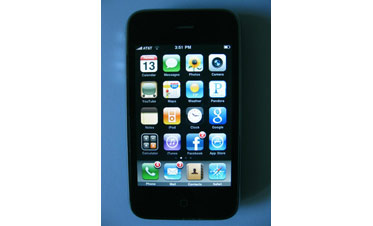9-1-1? There’s an App for That

iPhone
There’s a new iPhone app called Silent Bodyguard. When activated, the application silently sends an emergency alert and your GPS location to a pre-set list of phone numbers and e-mail addresses at 60-second intervals without alerting onlookers or potential attackers. Uses could include bad dates, home invasions, carjackings and the like.
In reference to Silent Bodyguard, a telecommunicator on one of the listservs I belong to said, “Seriously, if you can send a signal, why can’t you call 9-1-1?”
Without getting into the merits of the application or how many people will really pay for it (listed at $3.99), I think that response is short-sighted. What’s interesting to me about this is the very existence of the app.
It wasn’t so long ago that public safety communications agencies were on the leading edge of technology. But the pace of technology change has dramatically altered that reality — without altering the public’s perception that 9-1-1 comm centers can handle any type of communications. The number of homes with traditional wirelines is decreasing steadily as a generation that has only known a world with cell phones sees no need to pay for an obsolete technology. The proliferation of cell phones, smart phones and computers that happen to also include a voice application that mimics a telephone, all with GPS built-in, has made constant connection a reality and privacy an outmoded value. Silent Bodyguard is just one outgrowth of this new reality.
What does this mean for comm centers?
First, you’ve got a new tool — not just Silent Bodyguard, but the GPS chip that powers the app — to use in tracking criminals and aiding victims.
Second, you need to be aware that you could be getting 9-1-1 calls from friends and family of someone in another jurisdiction reporting a crime in progress, and you need to know how to manage those calls and have a procedure in place for how to best use the GPS information being delivered to you.
Third, you need to know that this is just the first of a host of new applications we haven’t yet conceived that will be driving 9-1-1 communications in the future. Don’t get stuck thinking that dialing 9-1-1 on a telephone is really how we’re going to continue to access 9-1-1. Be flexible and ready to adapt.
About the Author
Keri Losavio is editor of APCO’s Public Safety Communications. Contact her via e-mail at psceditor@apcointl.org.
Note: Any opinions expressed by the author are hers alone and do not necessarily reflect the official position of APCO International.

